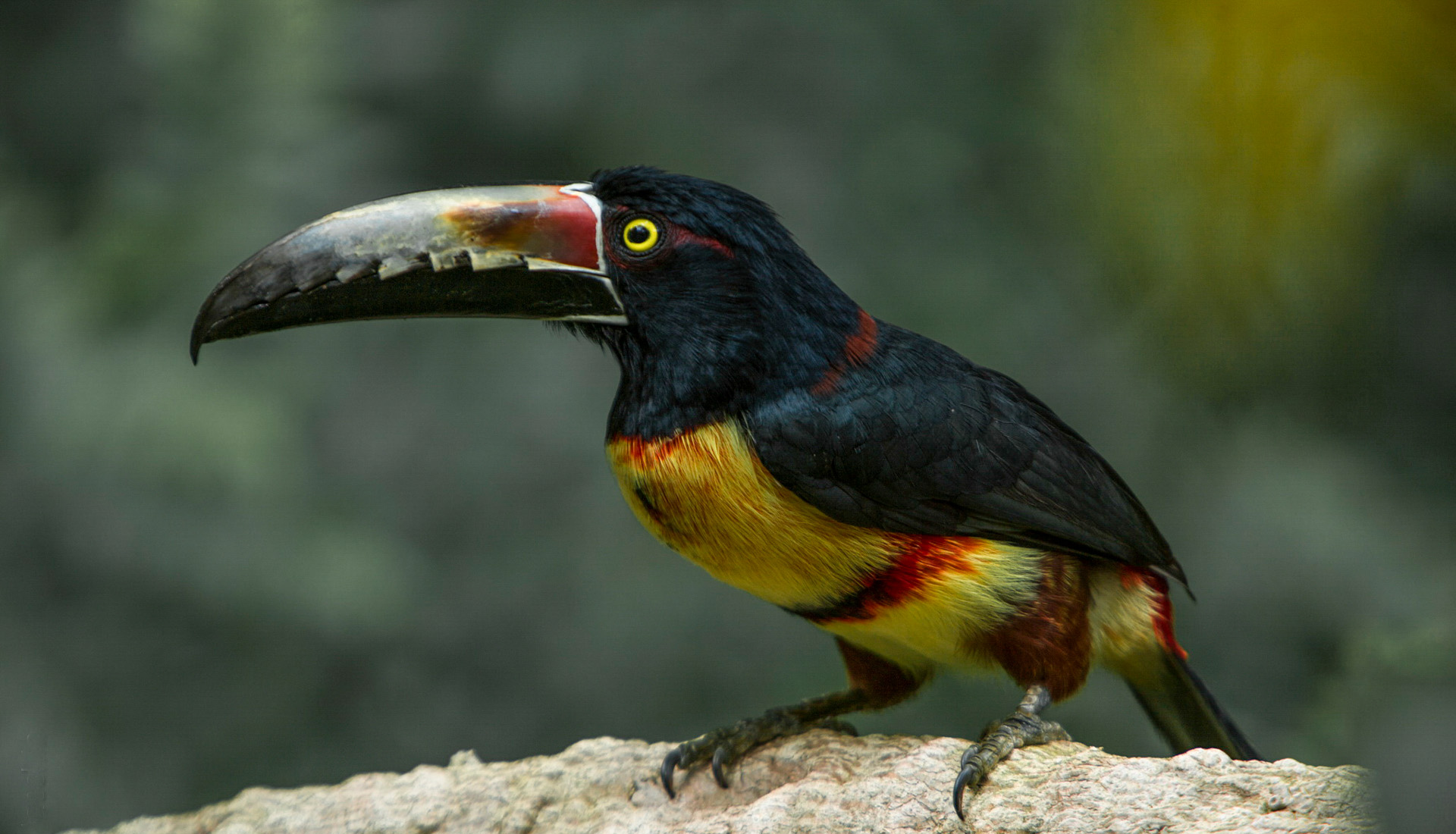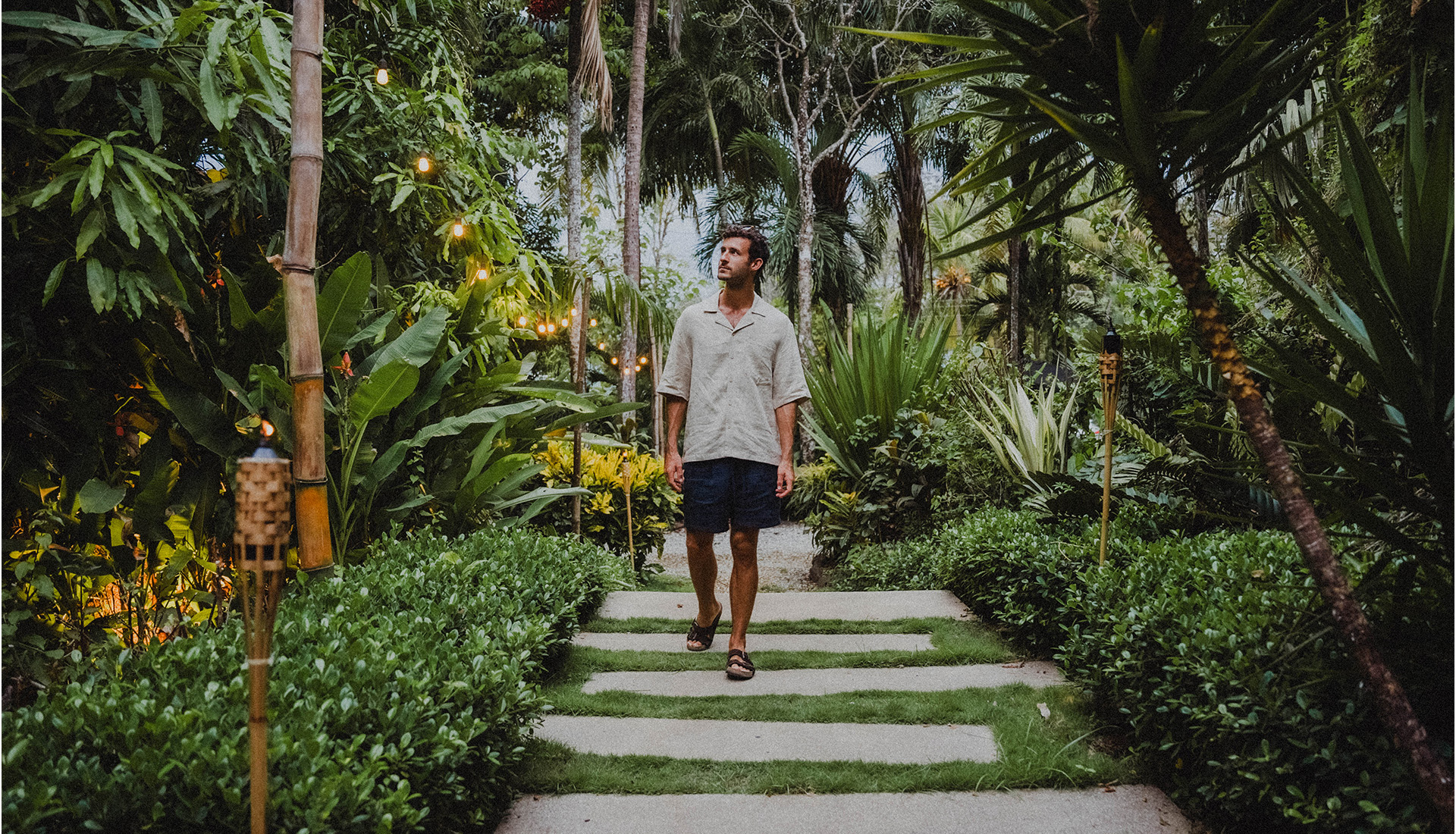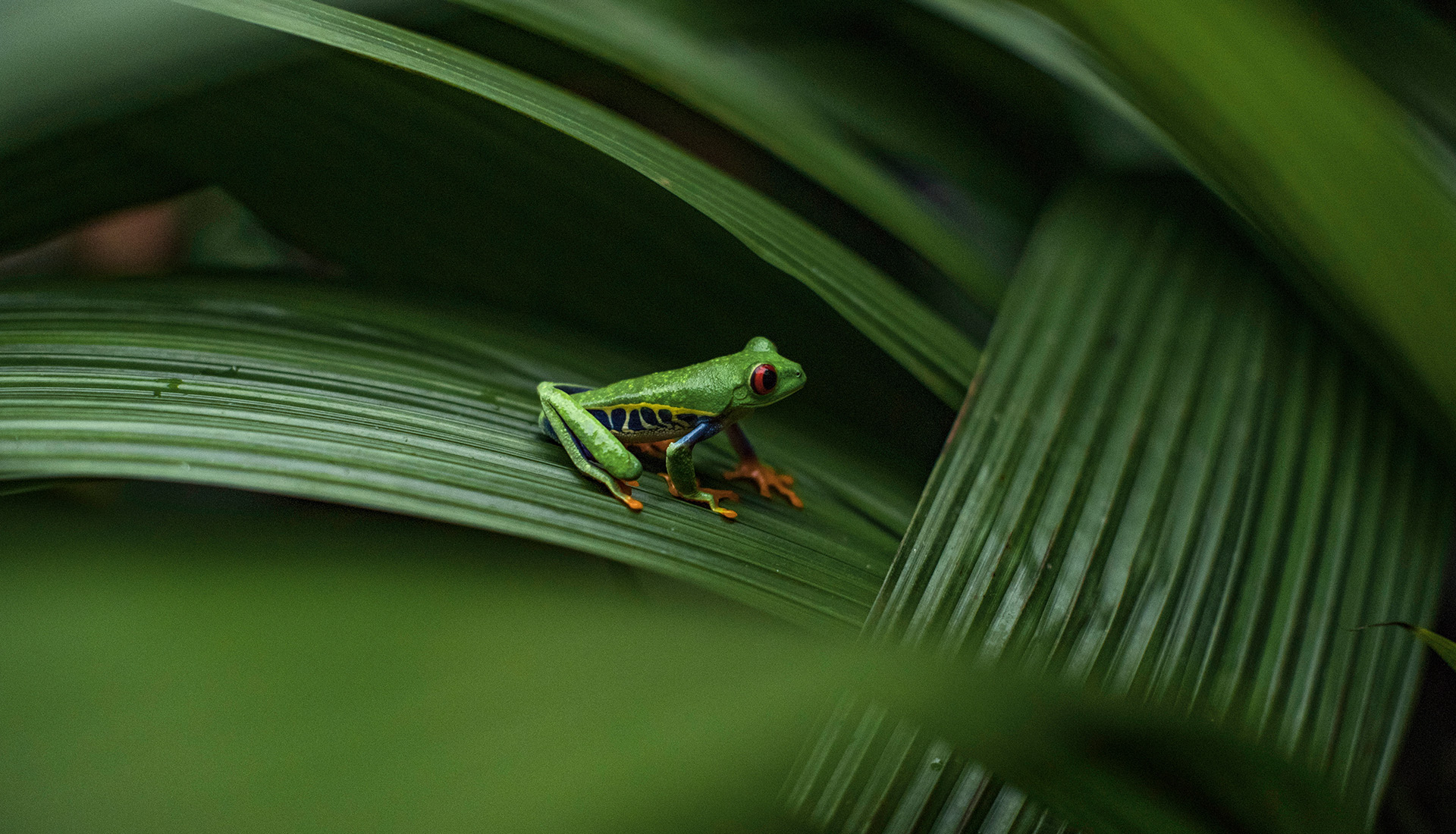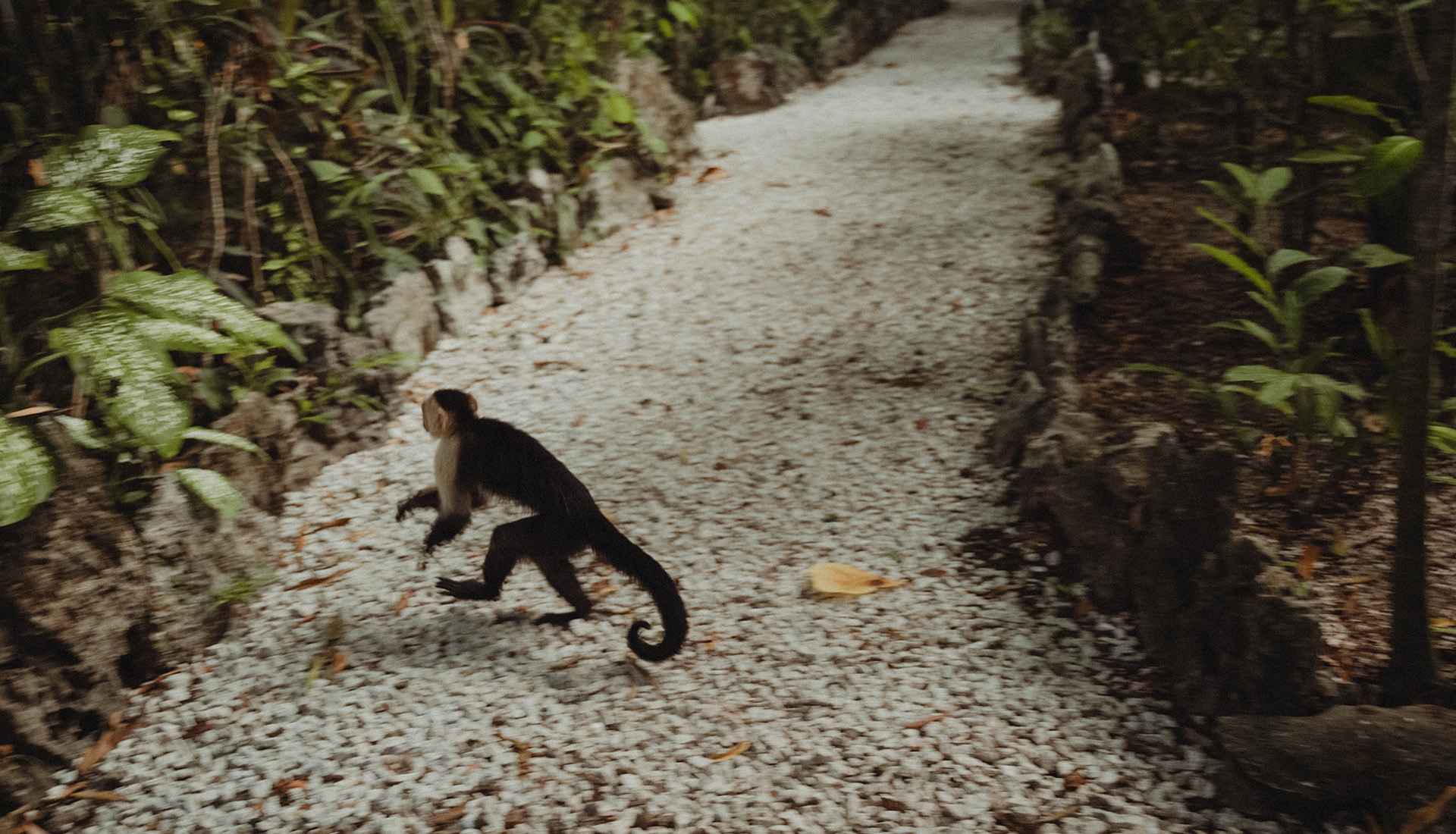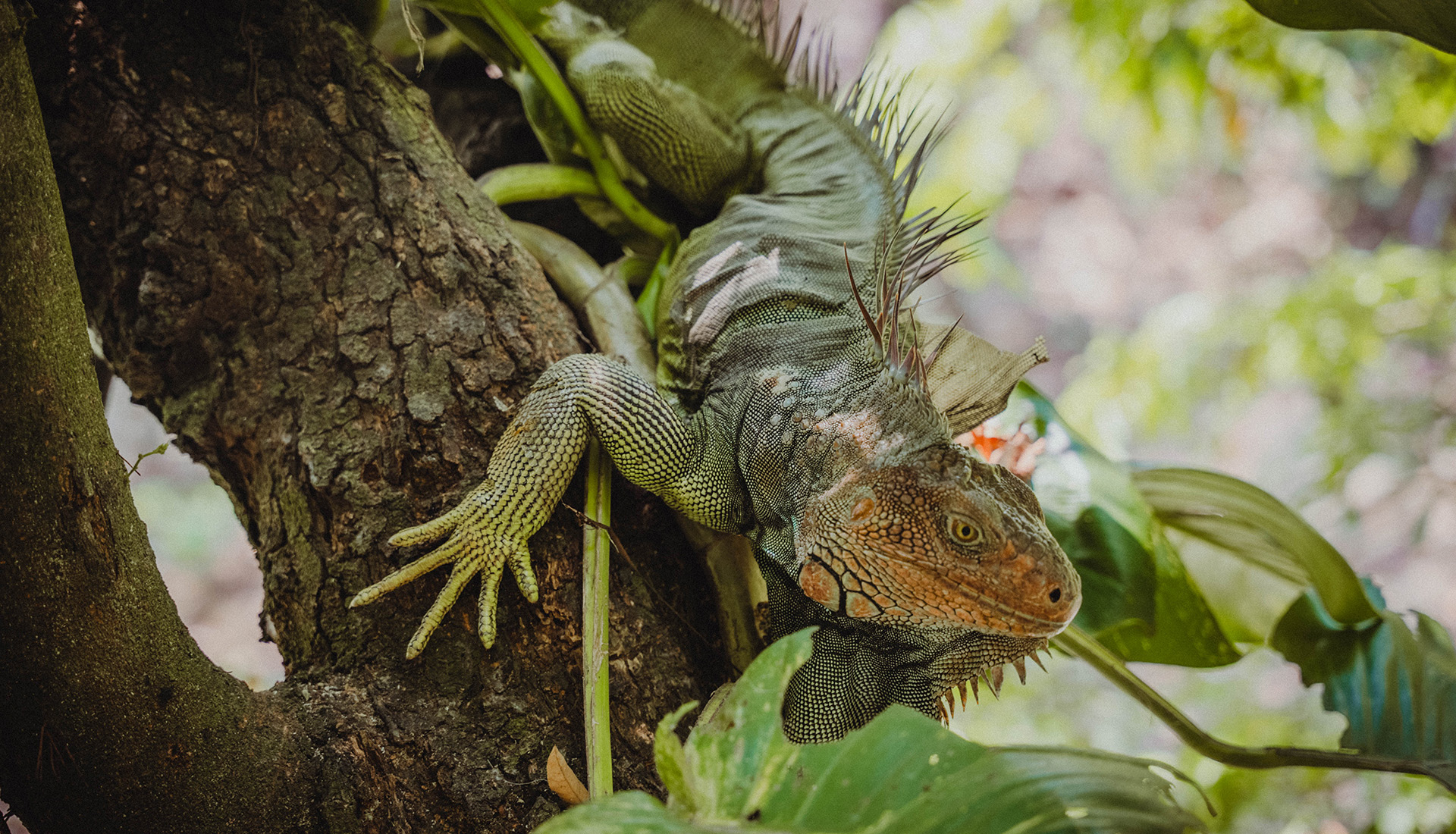Wildlife & Birds of Montezuma
Nature & Wildlife
Montezuma sits at the heart of one of Costa Rica’s most biodiverse regions, where tropical mixed humid and dry forests meet the Pacific Ocean. This unique ecosystem supports an incredible variety of wildlife that thrives in our gardens, nearby forests, and coastal waters. From your room’s balcony or while relaxing by the pool, you’ll witness the daily rhythms of nature – monkeys calling at dawn, colorful birds feeding throughout the day, and nocturnal creatures emerging at dusk. Every day at Hotel nYa offers new opportunities to connect with Costa Rica’s remarkable natural world.
Mammals
Montezuma sits at the heart of one of Costa Rica’s most biodiverse regions, where tropical mixed humid and dry forests meet the Pacific Ocean. This unique ecosystem supports an incredible variety of wildlife that thrives in our gardens, nearby forests, and coastal waters. From your room’s balcony or while relaxing by the pool, you’ll witness the daily rhythms of nature – monkeys calling at dawn, colorful birds feeding throughout the day, and nocturnal creatures emerging at dusk. Every day at Hotel nYa offers new opportunities to connect with Costa Rica’s remarkable natural world.
Birds
Montezuma’s avian diversity is spectacular, with over 200 species recorded in the area. Collared aracaris are frequent garden visitors, their colorful beaks unmistakable against green foliage. Scarlet macaws occasionally fly overhead in pairs, while smaller parakeets chatter in flocks. Hummingbirds hover around flowering plants throughout the day – watch for tiny jewel-toned species at our garden feeders. The stunning turquoise-browed motmot sits quietly on branches, while trogons flash their brilliant colors. Great blue herons and fascinating tiger herons hunt along the shoreline.
Reptiles & Amphibians
Large green and black iguanas bask in sunny spots throughout the property, completely unbothered by human presence. Smaller geckos appear on walls at night, hunting insects attracted to lights. Various frog species create the evening soundtrack – listen for Dendropsophus microcephalus, Agalychnis callidryas, and Smilisca baudinii from our gardens. During the rainy season, tree frogs cling to leaves and windows. Small lizards scurry across paths, and occasionally, harmless snakes pass through the property as part of the natural ecosystem.
Marine Life
Montezuma’s waters teem with marine biodiversity. Sea turtles nest on nearby beaches during nesting season (July-December), with olive ridley (most common), hawksbill, and the majestic black turtle being most common. Snorkeling reveals schools of tropical fish – angelfish, parrotfish, surgeonfish, and wrasses in brilliant colors. Tide pools expose crabs, sea anemones, and small fish during low tide. Dolphins occasionally swim past the coastline, while seasonal whale migrations (July-October and December-March) bring humpback whales within viewing distance from shore.
Garden Wildlife
Our tropical gardens attract countless butterflies – watch for blue morphos, orange tigers, and delicate clearwings. Leaf-cutter ants create highways across garden paths, carrying their leaf fragments to underground colonies. Colorful beetles, fascinating stick insects, and various spiders contribute to the garden’s ecosystem. At night, fireflies create magical displays, while bats emerge to hunt insects, playing a crucial role in pest control and pollination.
Best Viewing Times
Wildlife activity peaks during early morning (5:30-8:00 AM) and late afternoon (4:00-6:30 PM) when temperatures are cooler. Howler monkeys are most vocal at dawn, while many birds feed actively in morning light. Evening brings nocturnal species – listen for owl calls, watch for bats, and observe night-blooming flowers that attract moths and other pollinators. Rain often increases activity as animals emerge to drink and feed.
Photography Tips
Bring binoculars for distant wildlife viewing and telephoto lenses for photography. Move slowly and quietly – sudden movements startle animals. Early morning light provides the best conditions for bird photography. Respect wildlife by maintaining distance and never feeding animals. Flash photography can disturb nocturnal species. Ask our concierge team about current wildlife activity and best viewing spots during your stay.
Conservation at nYa
Hotel nYa actively supports wildlife conservation through our partnership with Refugio Nacional de Vida Silvestre Romelia. Our gardens use native plants that provide food and shelter for local species, while our sustainable practices help protect the broader ecosystem that supports this incredible biodiversity.

